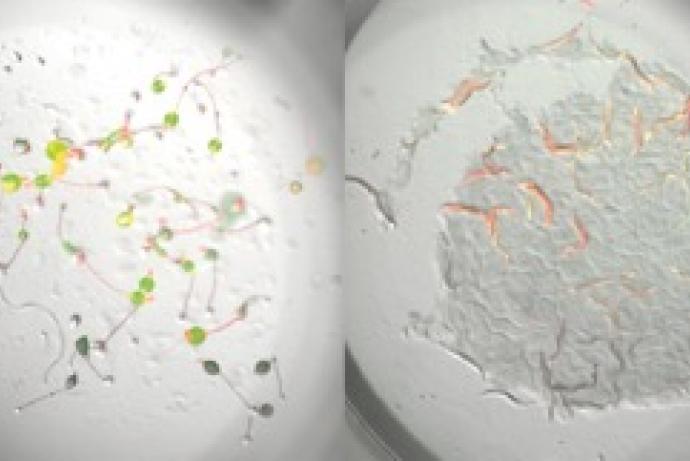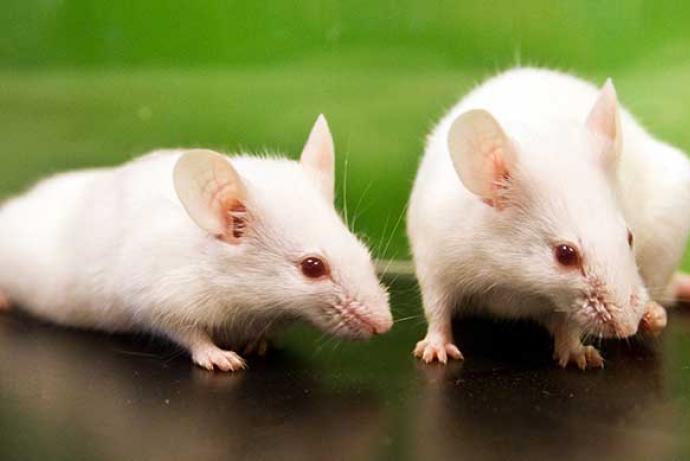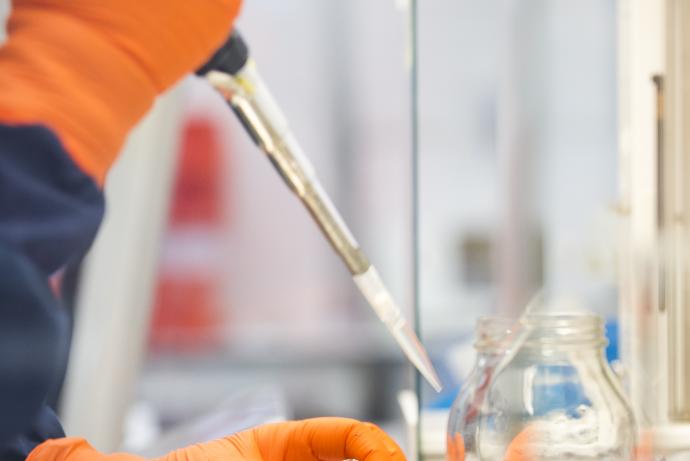Targeting off targets
The aim of this Challenge was to develop novel (e.g. experimental and in silico) approaches to address the potential human safety issues arising from chemicals interacting with ‘off-target’ receptors and apply new understanding of the relevance of chemical-receptor binding data to predictions of toxicity within Adverse Outcome Pathway (AOP) approaches.
Phase 2 not awarded
Phase 1 awarded
Three Phase 1 Awards were made to project teams led by:
- Dr Jonathan Mullins, Moleculomics Ltd, £78,877.
- Dr Jean Sathish, University of Liverpool, £99,918.
- Dr James Sidaway, Phenotox Ltd, £99,936.
Challenge launched
Sponsored by Dow AgroSciences and Unilever, the Targeting Off-Targets Challenge aims to develop novel (e.g. experimental and in silico) approaches to address the potential human safety issues arising from chemicals interacting with ‘off-target’ receptors and apply new understanding of the relevance of chemical-receptor binding data to predictions of toxicity within Adverse Outcome Pathway (AOP) approaches.
Background
The Adverse Outcome Pathway (AOP) conceptual framework is a logical sequence of events which can be used to understand adverse effects and enhance current risk assessment practices. Originally an approach to ecotoxicology risk assessment, the AOP framework has now been extended into human safety across all industries, shifting the risk assessment focus from traditional toxicological apical endpoints to mechanistic understanding of chemical interactions at a molecular level.
The AOP approach spans multiple levels of biological organisation from the initial exposure to a chemical through to adverse effects. The first interaction of a chemical with a biological system is called the molecular initiating event(s) (MIEs) and these events are key to instigating a biological process which may lead to an adverse effect. The nature of the MIE and the downstream activation of other pathways depends on the properties of the chemical and its biological target(s). One of the most common types of MIE is the interaction of a chemical with a receptor, a consequence of which can be activation or deactivation of specific pathways. Receptor interactions could, at a critical concentration, lead to an adverse outcome.
There is a fundamental need for the industry to identify, measure and model MIEs to maximise their application in risk assessment. Understanding MIEs and the ability to assess them qualitatively and quantitatively will be crucial in broadening the use of AOPs further.
Unlike pharmaceutical molecules which are well-characterised for their ‘on-target’ and ‘off-target’ activities, this is not the case for most other chemicals including those widely used throughout the consumer goods sector. Historically, ‘off target’ effects of these chemicals have been detected in animal toxicology studies with often little understanding of the MIEs involved. Most predictive tools have been designed for on-target efficacy screening of candidate drugs and a recent in-house evaluation at Unilever of several in silico approaches showed that prediction of off-target interactions (interactions of one chemical with a multitude of receptors) rarely matches the experimental data. Additionally, availability of experimental screens is limited to a small number of receptors (approximately 44), considered relevant to the pharmaceutical industry.
A recent example is the VirtualToxLab, an in silico platform for prediction of limited aspects of toxicity based on the nature of chemical interactions at a small number of well understood receptors. The platform is currently limited to only 16 receptor molecules and may only be useful if screening for a specific interaction.
There is a clear need for new computational and experimental tools in this area. These novel approaches will need to advance the design of currently available predictive tools to enable:
- Screening of chemicals for interaction with numerous receptors.
- Identification, qualitative and quantitative assessment of receptor binding.
- Understanding of the (potential) consequences of binding (e.g. is binding likely to result in an adverse event?).
- Improved, human-relevant safety assessment across the bioscience sector.
3Rs benefits
To meet the requirements of global regulatory authorities, animals are used to investigate the potential toxicity of new chemicals. Prediction of off target toxicity of these substances before the initiation of in vivo studies would have an impact on reducing the numbers of unnecessary studies and animals used.
In industry sectors where animal studies are still required, data gathered from a screen has provided information on the binding/activity relationships would better inform the dosing levels and regimen used in regulatory toxicology studies thus refining the study design, avoiding the use of unrealistic high doses and ultimately reducing the number of animals used.
In vitro assays and in silico tools addressing chemical-receptor interactions have long been used in the pharmaceutical industry for selection of best candidate molecules for desired therapeutic effect. Toxicity of these chemicals is then addressed primarily using animal studies. Development of a novel approach (e.g. computational or experimental) which can help assess toxicity mediated via ‘off-target’ receptor interactions would enable early elimination of candidate molecules. If successful long term, the Challenge will ultimately provide a means to address safety in the pharmaceutical, chemical and personal care product sectors without the use of animals.
Phase 1 winners
- Dr Jonathan Mullins, Moleculomics Ltd, £78,877.
- Dr Jean Sathish, University of Liverpool, £99,918.
- Dr James Sidaway, Phenotox Ltd, £99,936.
Phase 2 winner
Not awarded




